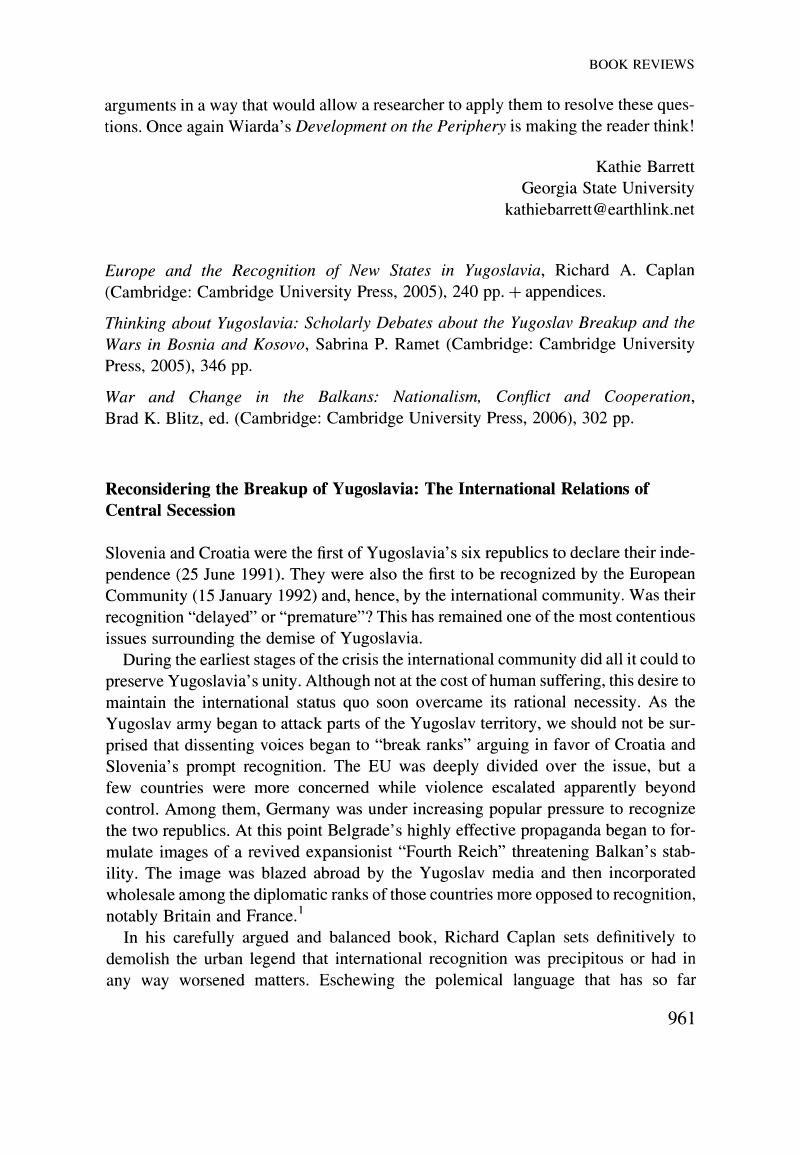Conversi, Daniele.
German-Bashing and the Breakup of Yugoslavia. Donald W. Treadgold Papers in Russian, East European and Central Asian Studies, no. 16.
Seattle:
University of Washington Press/Henry M. Jackson School of International Studies, May
1998.
Google Scholar 